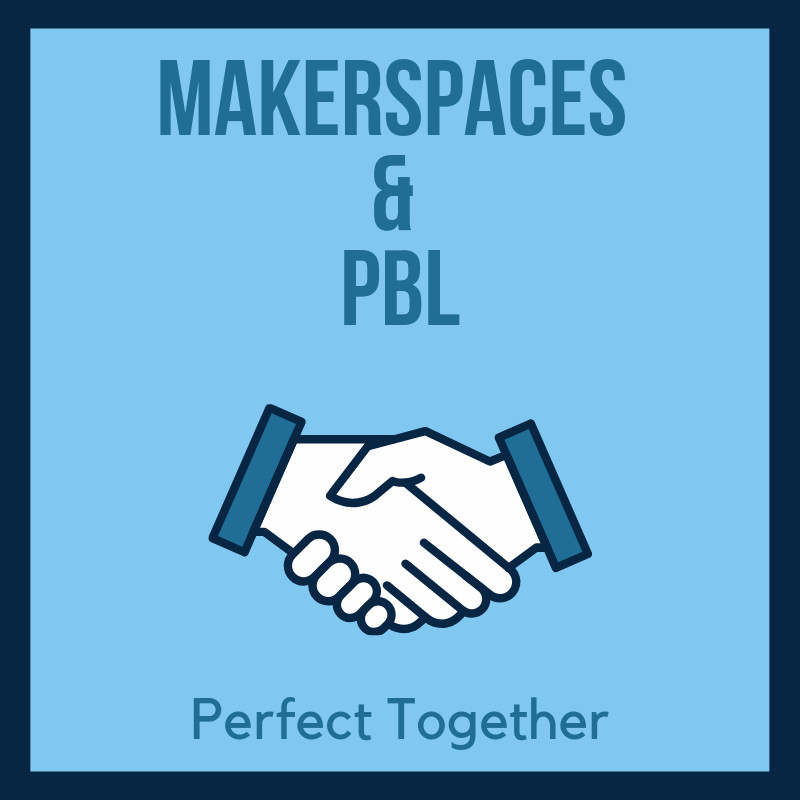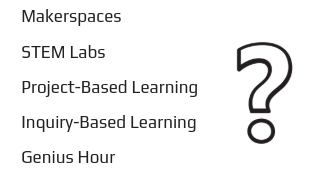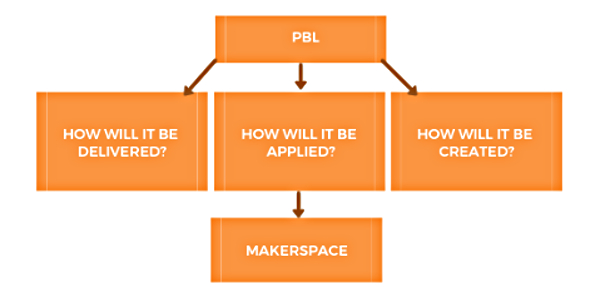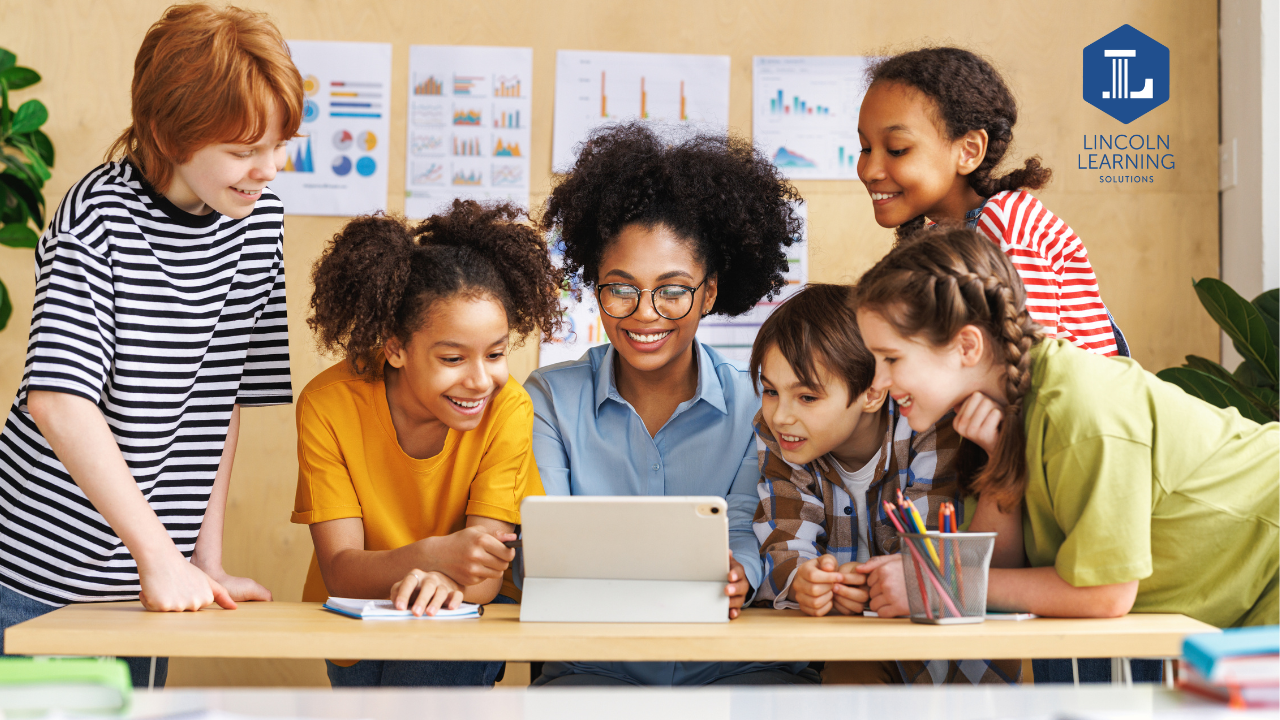Makerspaces & PBL…Perfect Together
Educators interested in Makerspaces, STEM Labs, Project-Based Learning, Inquiry-Based Learning, and Genius Hour may feel unsure of how to integrate all of those things into their practice

I recently was fortunate enough to co-present, along with Dr. Robert Zywicki and Dr. Rebecca W. Kreider, at the Rutgers Center for Effective School Practices, Tri-state Project Based Learning Summit. Our presentation was titled, Makerspaces & PBL…Perfect Together. What prompted this presentation topic is this question I am asked frequently by educators:
Makerspaces, PBL, Genius Hour, etc…not enough time, feel like one needs to be chosen to do, but which one?
Although many educators are interested in progressive ideas such as Makerspaces, STEM Labs, Project-Based Learning, Inquiry-Based Learning, and Genius Hour, many are left feeling unsure of how to integrate all of those things into their practice, and oftentimes feel they have to pick between these things, mostly due to time constraints.

In a previous blog post, I wrote about a concept named ‘Combinatory Play‘. Essentially Combinatory Play is what Einstein called putting unrelated thoughts, topics, images, and ways of thinking together to generate new concepts. It allows you to find connections between randomly selected objects, words, pictures, ideas, etc in turn creating new, fun, innovative concepts and ideas.
Combinatory has become an essential feature in makerspaces. With this in mind, along with the question above, you don’t necessary have to choose between Makerspaces, STEM Labs, Project-Based Learning, Inquiry-Based Learning, Genius Hour, and similar initiatives, but instead can create a learning environment that leverages all of those things and leads to deeper learning. If we think of makerspaces in terms of a learning environment, they can be a physical laboratory in which all of those progressive ideas can exist. There will be times in which you will pull in elements of STEM Labs, Project-Based Learning, Inquiry-based Learning, and Genius Hour, into your makerspaces, combining and recombining characteristics and principles of all of these things, morphing our spaces into something new and unique, when we do so.
Projects
In researching the origins of Project Based Learning, I discovered that n 1918, W.H. Kilpatrick, wrote an article summarizing the features of a ‘recently developed education method’ known as a ‘project‘. This was defined as an activity based on pupils’ interests and undertaken by them with a firm purpose of broadening their experience and learning something seen by them to be worth the pursuit. The earliest form of project based learning I could find was based on this idea of a project and was outlined in something something called, ‘The Project Method‘, which looked like this:
- Children choose something to do (guided by teacher)
- Make/do something to bring about the results they desired
- The curriculum at any given moment is constructed out of the purposes and needs of the students
PBL Defined
The Buck Institute of Education defines standards-focused PBL as, “A systematic teaching method that engages students in learning knowledge and skills through an extended inquiry process structured around complex, authentic questions and carefully designed products and tasks”.
Tools and ideas to transform education. Sign up below.
Makerspaces Defined
I define a makerspace as a unique learning environment that encourages tinkering, play, and open-ended exploration for all. When planning and creating a makerspace, it is critical to remember that what we are really creating are unique learning environments.
What pedagogy, curricula, activities, and experiences foster 21st century learning?
PBL is the Pedagogy.
Makerspaces are the Learning Environment.
What we need to unpack as educators, are ways makerspaces (the learning environment), can support PBL (the pedagogy).
The first step in looking at the relationship between the two, is to translate pedagogy into the learning environment.
So what does this look like in terms of PBL and makerspaces?

Makerspaces are hands-on project work environments.
Makerspace —> PBL Space
Proctor Elementary School in Vermont uses their makerspace to teach students to use new tools for their PBL work.
The Makerspace is, essentially, a PBL space. We have just changed the wording. That is also where the workforce is going. Employers need people that can think on their feet, be creative, collaborate, engineer. Even in law, insurance, all those traditional things are still looking for creative minds. Making provides an opportunity to push their minds.
Emily Jenkins, Proctor Elementary
We ‘do’ PBL.
Many schools “do” PBL, though the practice should be different from school to school. I always say that no two school makerspaces should be exactly alike, because no two school communities are exactly alike, and the same should be true with PBL. Offering unique PBL experiences that lead to creation of a unique physical or digital product is a powerful way to bring maker learning to your students.
Use PBL to start making.
Use making to start PBL.
Making experiences can lead to inquiry-based, authentic PBL-related learning experiences for students, giving them the opportunity to dive deeper into complex challenges.
Cross posted at worlds-of-learning.com
Laura Fleming has been a classroom teacher and media specialist in grades K-8 and currently is a Library Media Specialist for grades 9-12. She is a well known writer, speaker and consultant on next-generation teaching methods and tools, and the author of the best-selling Worlds of Learning: Best Practices for Establishing a Makerspace for Your School.
